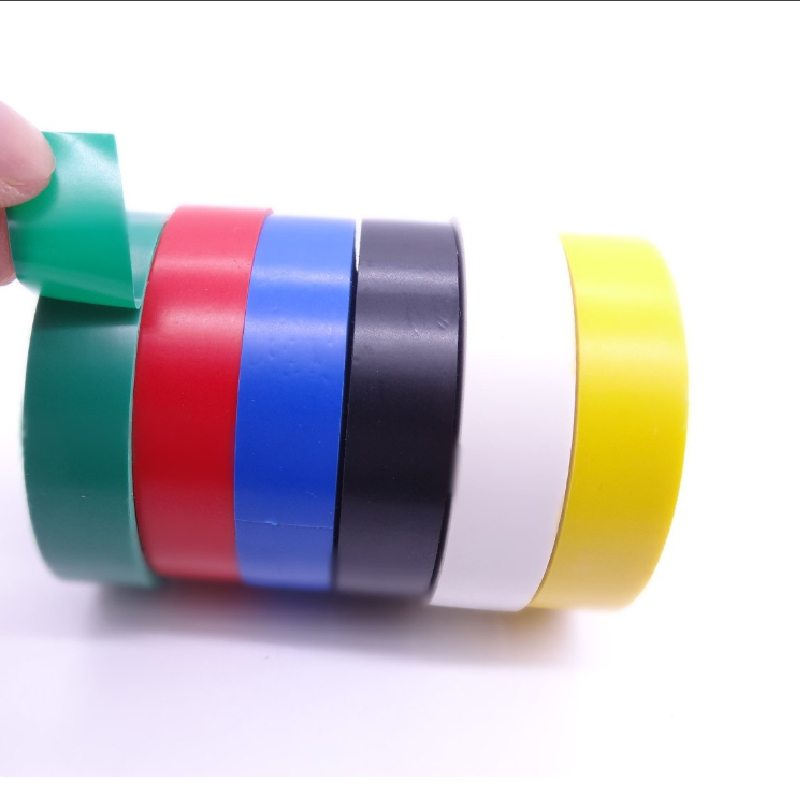The Versatility and Applications of Butyl Sealant Rope
Butyl sealant rope is an increasingly popular choice among construction and automotive professionals due to its unique properties and versatile applications. Made primarily from butyl rubber, this type of sealant is known for its excellent adhesive qualities, water resistance, and flexibility. Its ease of use and effectiveness make it an essential tool for a variety of sealing needs. This article delves into the characteristics, benefits, and common uses of butyl sealant rope in different industries.
What is Butyl Sealant Rope?
Butyl sealant rope is a synthetic rubber product that is designed to form a tight seal when applied correctly. It typically comes in rolls, and its texture allows it to be molded easily to fit various surfaces. This sealant is resistant to water, air, and many chemicals, making it ideal for applications where long-lasting durability is required. Its unique composition allows it to remain pliable over time, which is crucial for applications that experience temperature fluctuations or physical movement.
Key Characteristics
1. Adhesive Properties One of the standout features of butyl sealant rope is its superb adhesion. It bonds well with a variety of materials, including metal, glass, plastics, and many roofing materials. This quality makes it suitable for both indoor and outdoor applications.
2. Weather Resistance Butyl rubber is inherently resistant to UV rays, ozone, and extreme weather conditions. This resistance ensures that butyl sealant rope can maintain its integrity and effectiveness even in harsh environments, such as roofs exposed to sunlight or gutters subject to heavy rainfall.
3. Flexibility Unlike many traditional sealants that can become brittle over time, butyl sealant rope retains its flexibility. This property is essential for applications where materials may expand and contract due to temperature changes.
4. Easy Application Butyl sealant rope is easy to handle and apply, requiring no special tools. Its rope-like form allows it to be laid down quickly and efficiently, making it popular for both professionals and DIY enthusiasts alike.
Benefits of Butyl Sealant Rope
butyl sealant rope

The benefits of using butyl sealant rope are numerous. Its versatility means that it can be utilized in a wide range of applications, such as roofing, automotive, marine, and construction projects.
- Cost-Effective Utilizing butyl sealant rope can lead to cost savings. Its durability means that repairs or maintenance will be less frequent, translating to lower long-term costs. - Time-Saving The speed of application helps in reducing labor time on projects. The ability to quickly seal joints or gaps can lead to overall efficiencies in project timelines.
- Environmentally Friendly Many butyl sealant products are free from solvents and have low VOC (Volatile Organic Compound) emissions. This characteristic makes them an environmentally friendly choice, appealing to eco-conscious consumers and businesses.
Common Applications
1. Roofing Butyl sealant rope is extensively used in roofing applications for sealing joints, seams, and penetrations where water ingress is a concern. Its weather resistance ensures that the roof remains watertight over its lifespan.
2. Automotive In the automotive industry, butyl sealant rope is commonly used for weatherstripping and sealing windshields. Its flexibility and strong adhesive properties allow for effective sealing against wind and rain, enhancing passenger comfort.
3. Construction Butyl sealant rope is widely utilized in construction for sealing gaps in doors and windows, preventing air leakage and improving energy efficiency. It can also be used in the installation of glass panels and in various framing applications.
4. Marine The marine industry benefits from butyl sealant’s water resistance and flexibility, making it a popular choice for sealing boats and marine structures against water ingress.
Conclusion
In conclusion, butyl sealant rope offers a host of advantages that make it a valuable asset across various industries. Its unique properties, such as excellent adhesion, weather resistance, and flexibility, not only enhance the performance of applications but also contribute to cost-effectiveness and environmental sustainability. As construction techniques and materials evolve, the role of butyl sealant rope is likely to expand, becoming an even more integral part of future projects. Whether for a professional contractor or a DIY enthusiast, butyl sealant rope remains a reliable solution for durable sealing applications.
-
XIANGFAN Rubber Tape-Ultimate Solutions for All Your Insulation NeedsNewsJun.24,2025
-
XIANGFAN Rubber Tape-Protection for Industrial and Residential ApplicationsNewsJun.24,2025
-
XIANGFAN Rubber Tape: Superior Safety and Sealing for Demanding EnvironmentsNewsJun.24,2025
-
XIANGFAN Rubber Tape: Reliable Solutions for Every Electrical ChallengeNewsJun.24,2025
-
XIANGFAN Electrical & Industrial Tape: Powering Reliability Across IndustriesNewsJun.24,2025
-
XIANGFAN Electrical & Industrial Tape: Excellence in Every ApplicationNewsJun.24,2025
